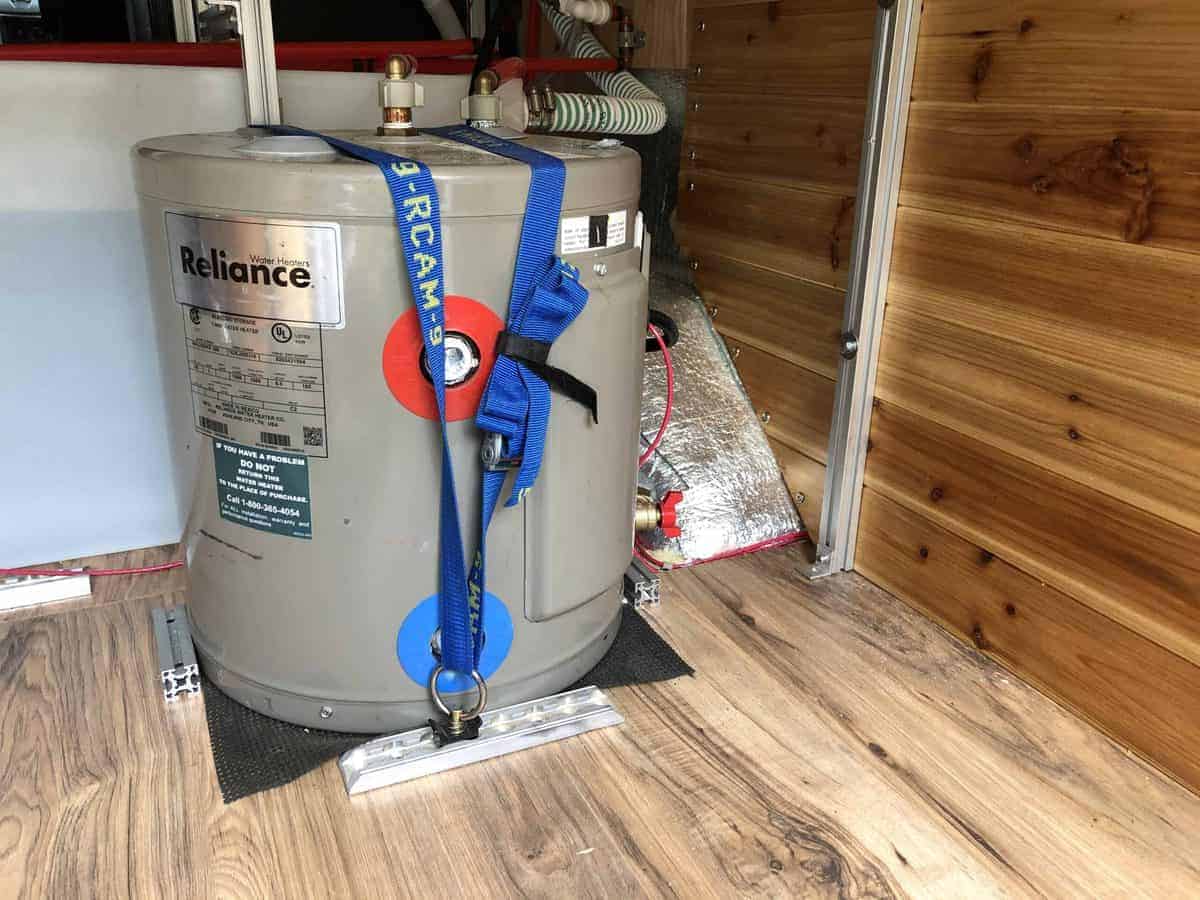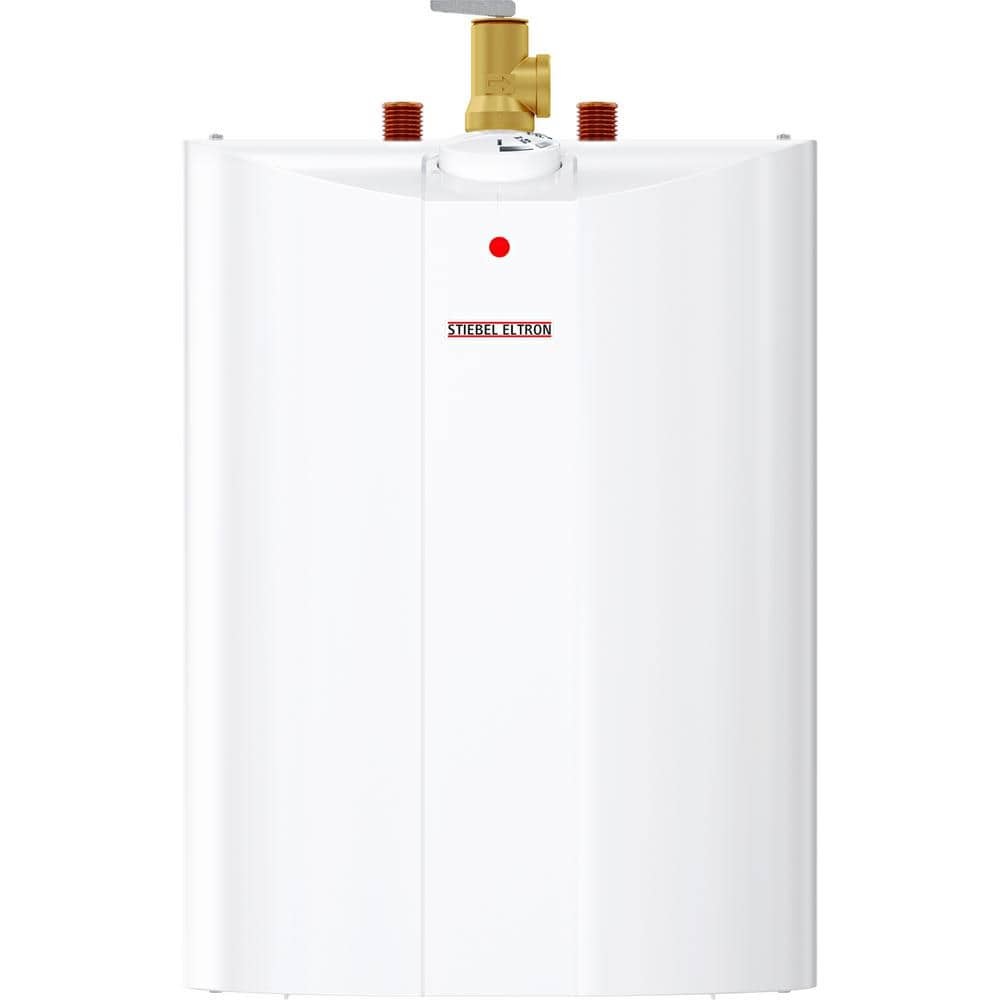I've been looking through various threads, and seem to have come up with incomplete info. seems like this can warrant a new thread of its own. Any help is appreciated.
Main thing I have left for my van design is figuring out water heating (I will have an indoor plumbed sink and shower with hot water for full time van living, including up in the mountains in cold climates chasing powder.
So far for the plumbing system, I have planned:
-30-35 Gallon Fresh Tank in the rear of the van behind the wheel well
-16 Gallon Gray Tank underneath the van. Plan to insulate it and have heater pads, heater wire around valves and hoses outside the van\
-Additional 2 way valve and hole-in-the-floor for both sink and shower if its getting really cold and I'm worried about gray tank freezing
-Plumbing for both shower and sink, including trap, will be in insulated van.
-My build will have 700W Solar, 500 Ah Lithium Power Bank, and a 3000W Inverter.
I'd like to have hot water for at least two showers a day (~3 gallons each), plus some hot water for dishes and washing hands. I don't really mind having to run the engine if needed to have hot water whenever I want it and/or to boost batteries.
If anyone has experience with any of the ideas below (running Isotemp with 750W heater only on AC, or knows of a post/article about installing the Isotemp unit with engine coolant hookup in a Transit that'd be awesome). Or if anyone has a large electrical system and runs electric only water heaters.
So far, the options appear to be:
Propane Heater.
Efficient and Cheap, but instant heaters seem to have efficiency problems (require full flow) and would appear to require a vented, sealed cabinet for peace of mind. Maybe this ventless one doesn't technically need it, but I'd have a fan pulling out fumes/heat in the cabinet through the floor, and a vent hole for air intake in a sealed cabinet:

 excelonlinestore.com
excelonlinestore.com
Electric Heater:
Seems like most people don't go this route because of the power demands. However, with my very large battery setup (5 100 Ah Battle Borns) and 700W Solar, with 3000W inverter, I think I could probably handle heating ~7 gallons of water a day? Can always run the engine to help charge the batteries too. I have not done the math yet (electrical system planning still very early) - so maybe I'm wrong? Most of my other appliances are low energy - Isotherm 115L Fridge (.91 Amps/hr), 700W Microwave, Maxxair Fan, Fresair Evaporative Cooler, 170W Laptop Workstation Charger. Would not run microwave at the same time as heater.
Lots of 1440W AC Electric Water Heaters. Seems the simplest and safest option, although I wonder about durability of these designs in a vehicle. I'd want to be able to have two showers a day (one for me and one for a partner) plus some hot water for dishes. So the heater would need to be on at most 1.5-2 hours a day?
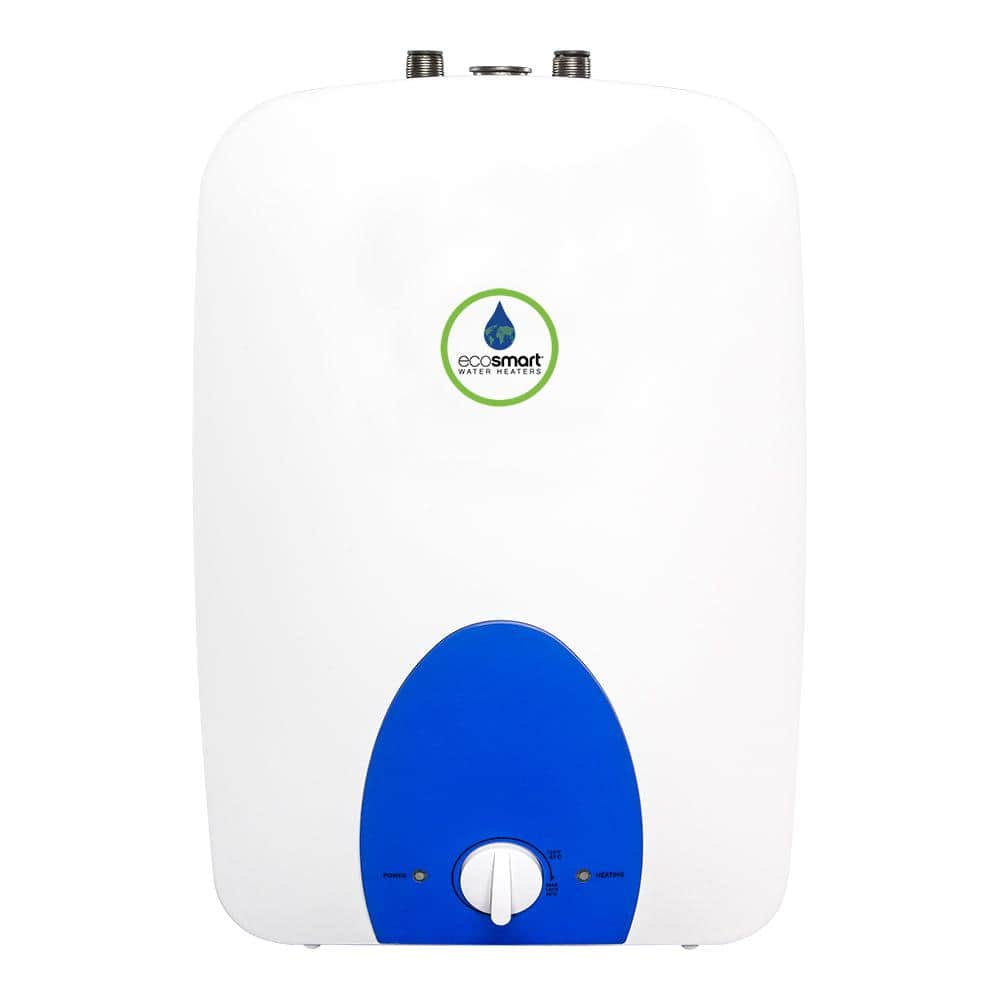
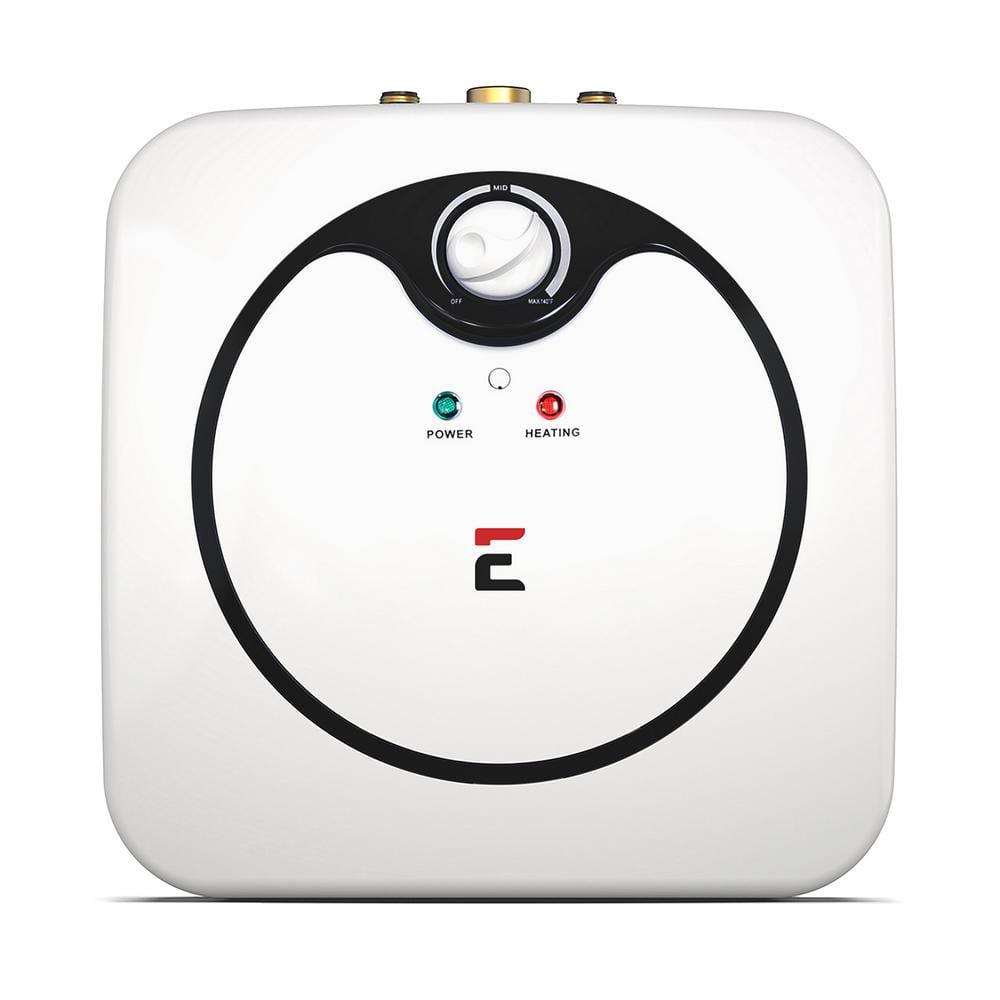
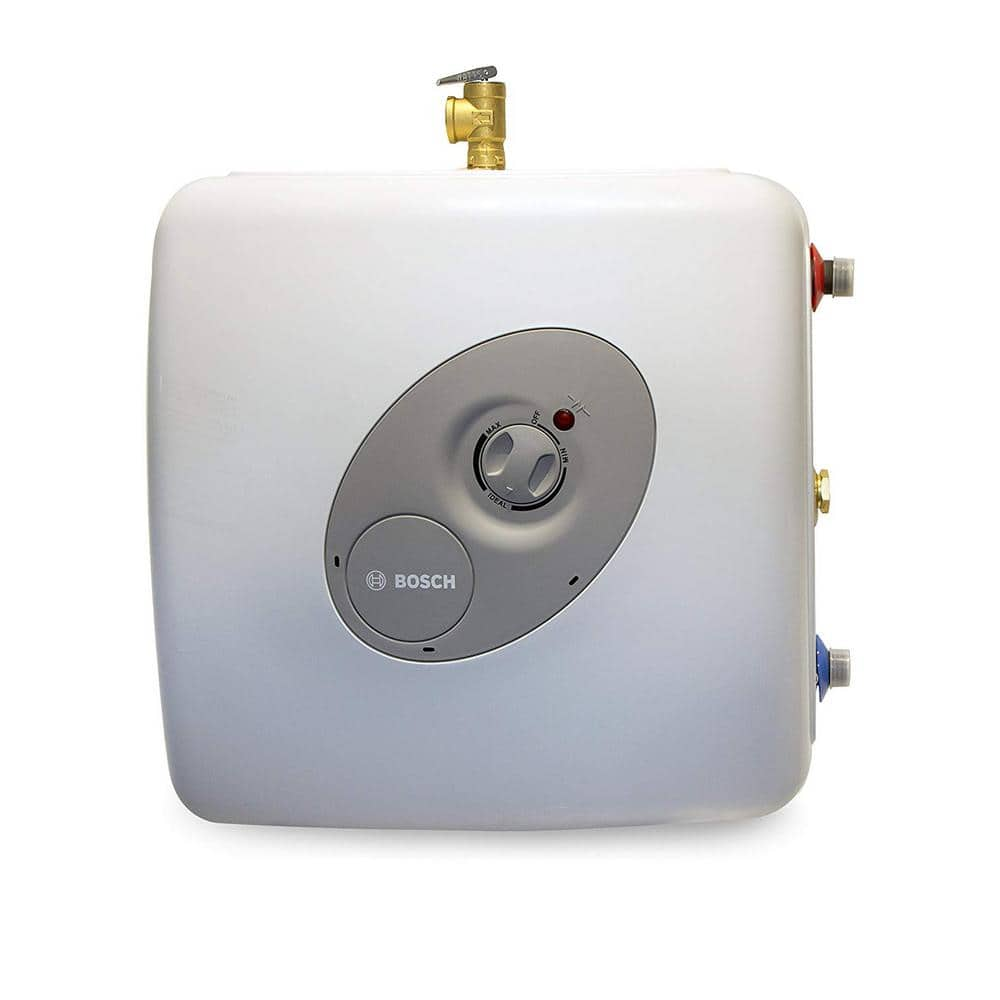
There's also the 300W 12V DC, but that seems like it'd be too slow:
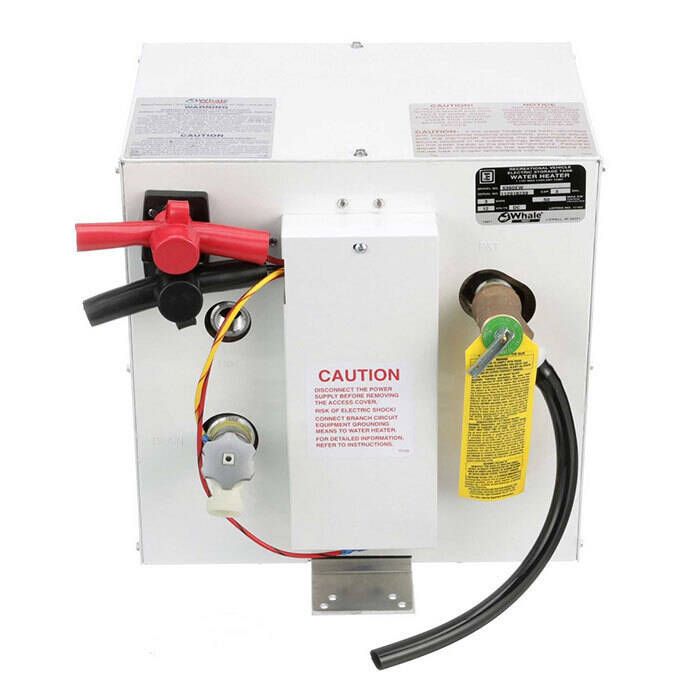
 www.defender.com
www.defender.com
Could maybe make my own hot water tank with a DC 600-750W heating element? Or swap the AC heating element in one like those above with a DC element?
Also thinking about just running this Isotemp unit on electric only (750W AC) (no engine coolant connection):
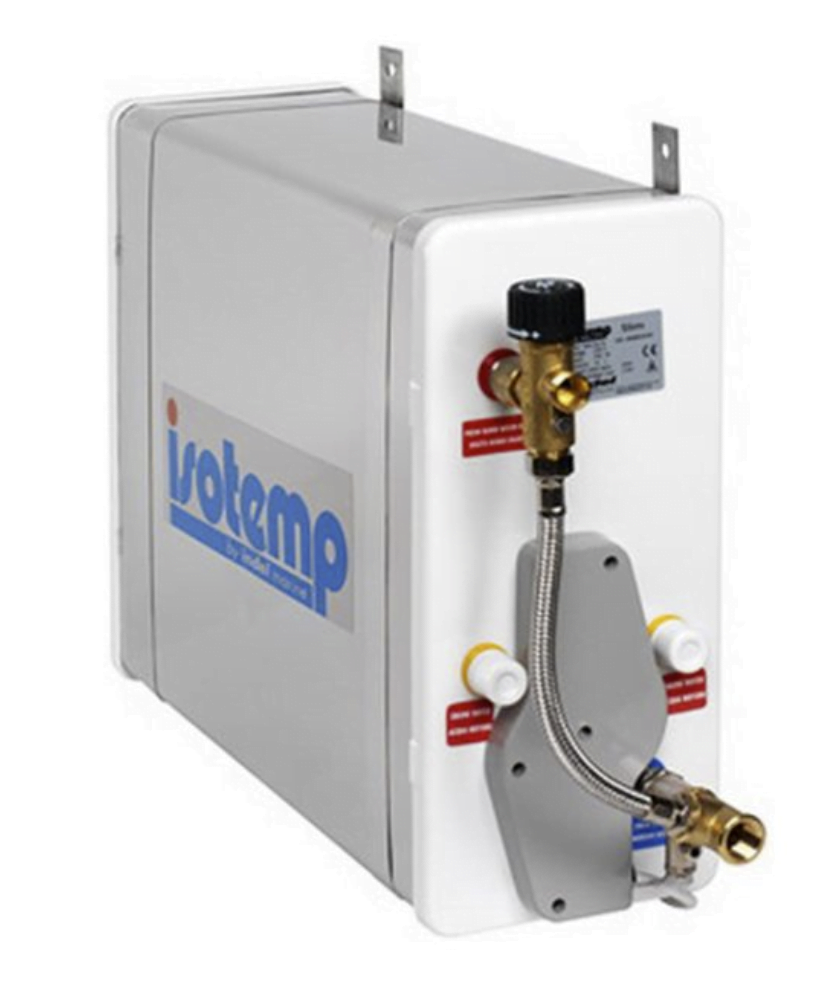
 www.vanlifeoutfitters.com
www.vanlifeoutfitters.com
Hydronic/Engine Coolant:
I really am starting to like the idea of this more. Doesn't seem that complicated to install - just have to plumb into the Engine coolant lines.
I know their is an auxiliary heater package the Transits can come with (mine doesn't) but I wonder if I can buy the parts separately. hot water whenever I drive, or if I'm camped for a while can idle the engine for an hour. Would hardly use any gas. On solar should be able to manage using its AC electric feature too.

 www.vanlifeoutfitters.com
www.vanlifeoutfitters.com
A few forum members have mentioned they've installed the Isotherm unit, but have yet to find a detailed install writeup on a Transit. This one for the promaster is quite detailed though:
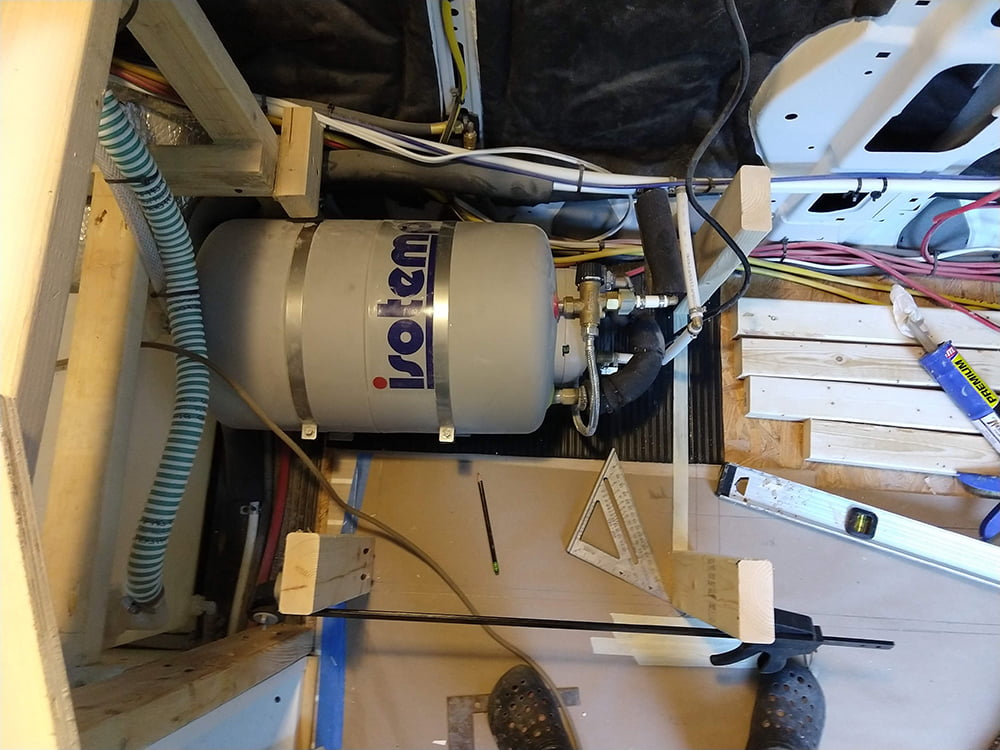
 www.vanlifeoutfitters.com
www.vanlifeoutfitters.com
Also wondering if I should maybe just get the Rixen gasoline powered Hydronic Air/Water Heater System. Seems more complicated though and "putting all my eggs in one basket) - if it brakes I'm screwed:

 www.nomadiccooling.com
www.nomadiccooling.com
Main thing I have left for my van design is figuring out water heating (I will have an indoor plumbed sink and shower with hot water for full time van living, including up in the mountains in cold climates chasing powder.
So far for the plumbing system, I have planned:
-30-35 Gallon Fresh Tank in the rear of the van behind the wheel well
-16 Gallon Gray Tank underneath the van. Plan to insulate it and have heater pads, heater wire around valves and hoses outside the van\
-Additional 2 way valve and hole-in-the-floor for both sink and shower if its getting really cold and I'm worried about gray tank freezing
-Plumbing for both shower and sink, including trap, will be in insulated van.
-My build will have 700W Solar, 500 Ah Lithium Power Bank, and a 3000W Inverter.
I'd like to have hot water for at least two showers a day (~3 gallons each), plus some hot water for dishes and washing hands. I don't really mind having to run the engine if needed to have hot water whenever I want it and/or to boost batteries.
If anyone has experience with any of the ideas below (running Isotemp with 750W heater only on AC, or knows of a post/article about installing the Isotemp unit with engine coolant hookup in a Transit that'd be awesome). Or if anyone has a large electrical system and runs electric only water heaters.
So far, the options appear to be:
Propane Heater.
Efficient and Cheap, but instant heaters seem to have efficiency problems (require full flow) and would appear to require a vented, sealed cabinet for peace of mind. Maybe this ventless one doesn't technically need it, but I'd have a fan pulling out fumes/heat in the cabinet through the floor, and a vent hole for air intake in a sealed cabinet:

New Excel Tankless On-Demand Gas Water Heater VENTFREE – Propane (LPG) - Low Water Pressure Startup - Excel Online Store
BRAND NEW LPG PROPANE GAS UNIT PERFECT FOR SMALL APARTMENTS, RVs CAMPERS and SAILBOATS Low Water Pressure Startup Low Water Pressure Startup. Starts up with only 2 psi. of water pressure. Holds up to 150 psi. All other tankless gas water heaters require at least 20 psi to start up due...
Electric Heater:
Seems like most people don't go this route because of the power demands. However, with my very large battery setup (5 100 Ah Battle Borns) and 700W Solar, with 3000W inverter, I think I could probably handle heating ~7 gallons of water a day? Can always run the engine to help charge the batteries too. I have not done the math yet (electrical system planning still very early) - so maybe I'm wrong? Most of my other appliances are low energy - Isotherm 115L Fridge (.91 Amps/hr), 700W Microwave, Maxxair Fan, Fresair Evaporative Cooler, 170W Laptop Workstation Charger. Would not run microwave at the same time as heater.
Lots of 1440W AC Electric Water Heaters. Seems the simplest and safest option, although I wonder about durability of these designs in a vehicle. I'd want to be able to have two showers a day (one for me and one for a partner) plus some hot water for dishes. So the heater would need to be on at most 1.5-2 hours a day?

EcoSmart 6 Gallon Electric Mini-Tank Water Heater ECO MINI 6 - The Home Depot
Increase hot water output in your home with the addition of this excellent EcoSmart Electric MiniTank Water Heater.
www.homedepot.com

Eccotemp EM 4.0 Point-Of-Use 4.0-Gal. 1440-Watt 110/120-Volt Electric Mini Tank Water Heater EM-4.0 - The Home Depot
Tilt your living space with the selection of Eccotemp EM Electric Mini Tank Water Heater.
www.homedepot.com

Bosch 7 Gal. Electric Point-of-Use Water Heater ES 8 - The Home Depot
Bosch Electric Point-of-Use Water Heater fits under your sink to provide hot water right where you need it. UL and CSA listed product.
www.homedepot.com
There's also the 300W 12V DC, but that seems like it'd be too slow:

Seaward Hot Water Heater for Outboard Boats - 3 Gal - S360EW
Features: Hot Water On the Go For Outboard Boats Whale's unique 12V Water Heater ideal for use on outboard boats 3 Gallon capacity Heater delivers fast water heat up and long heat retention for all your hot water needs on board 12V DC
Could maybe make my own hot water tank with a DC 600-750W heating element? Or swap the AC heating element in one like those above with a DC element?
Also thinking about just running this Isotemp unit on electric only (750W AC) (no engine coolant connection):

Isotemp Slim 25l Water Heater for Camper Van
This is the best water heating solution for your camper van. Purchase the heater itself or with a DIY installation kit with how-to instructions.
 www.vanlifeoutfitters.com
www.vanlifeoutfitters.com
Hydronic/Engine Coolant:
I really am starting to like the idea of this more. Doesn't seem that complicated to install - just have to plumb into the Engine coolant lines.
I know their is an auxiliary heater package the Transits can come with (mine doesn't) but I wonder if I can buy the parts separately. hot water whenever I drive, or if I'm camped for a while can idle the engine for an hour. Would hardly use any gas. On solar should be able to manage using its AC electric feature too.

Isotemp Slim 25l Water Heater for Camper Van
This is the best water heating solution for your camper van. Purchase the heater itself or with a DIY installation kit with how-to instructions.
 www.vanlifeoutfitters.com
www.vanlifeoutfitters.com
A few forum members have mentioned they've installed the Isotherm unit, but have yet to find a detailed install writeup on a Transit. This one for the promaster is quite detailed though:

Using a Marine Isotemp 20L Water Heater in Camper Van Conversion - Vanlife Outfitters
How I installed an Isoemp 20L marine water heater in my Promaster camper van conversion including all the parts you need!
 www.vanlifeoutfitters.com
www.vanlifeoutfitters.com
Also wondering if I should maybe just get the Rixen gasoline powered Hydronic Air/Water Heater System. Seems more complicated though and "putting all my eggs in one basket) - if it brakes I'm screwed:

Rixen Hydronic Heating System | Nomadiccooling
CONTROLLER with integrated digital thermostat• Heat source selection (Furnace, Electric, Engine)• 5 fan speeds• Automatic Altitude adjustment and automatic furnace restart• Built in furnace maintenance interface• 2nd zone control built in (tank freeze protection, Heated floor etc.) EBERSPACHER...
 www.nomadiccooling.com
www.nomadiccooling.com


